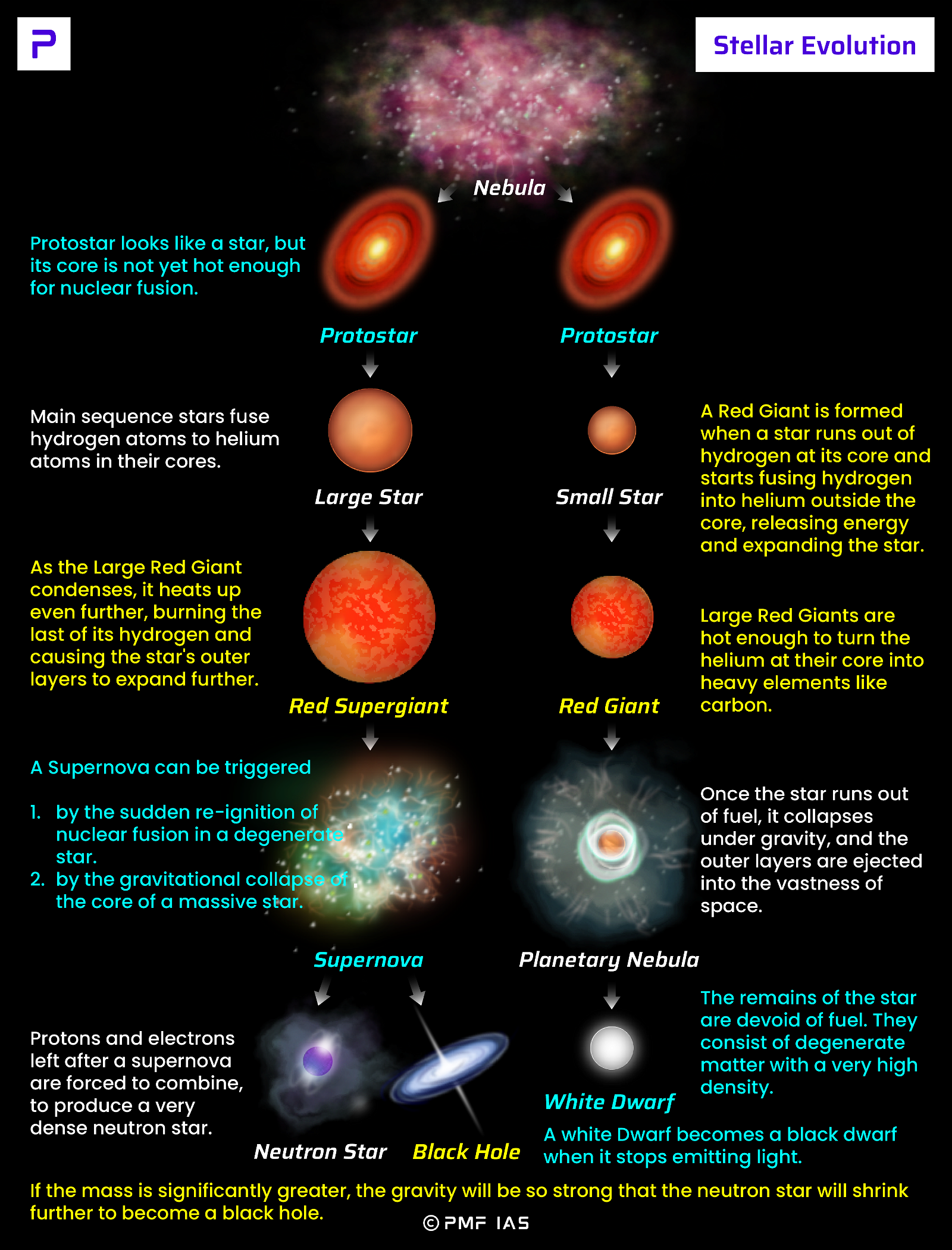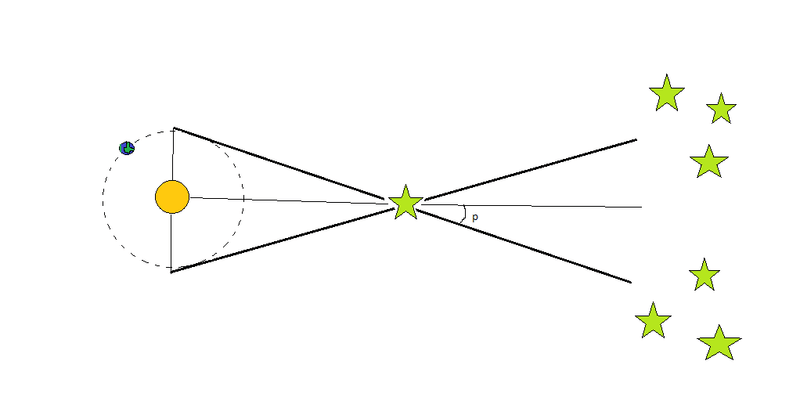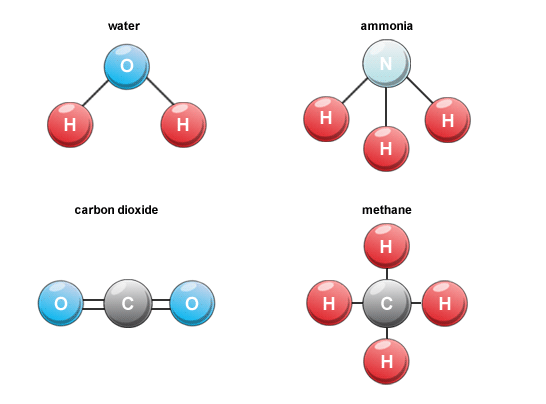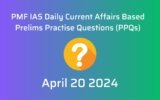
Coronavirus, Coronavirus Disease 2019 (COVID-19 or 2019-nCoV)
Subscribe to Never Miss an Important Update! Assured Discounts on New Products!
Must Join PMF IAS Telegram Channel & PMF IAS History Telegram Channel
Coronavirus disease 2019 (COVID-19)
- Virus, Difference Between Virus & Bacteria, DNA & RNA Viruses
- Coronavirus, Coronavirus Disease 2019 (COVID-19 or 2019-nCoV) <===
- Immune System, T– Cells & Coronavirus, Cytokine storm
- Covid-19 Tests: RT-PCR, Rapid Antigen Test & Serological Test
- Proposed Vaccines, Treatments in the Context of COVID-19
What is Coronavirus?
- A SARS-CoV-2 virion (a single virus particle) is about 80 nanometers in diameter.
- The pathogen is a member of the coronavirus family, which includes the viruses responsible for SARS & MERS infections.
- It is an RNA virus with ribonucleic acid (RNA) as its genetic material instead of DNA.
- That means the virus blends with its host’s DNA & can mutate rapidly.
- It’s covered by spiky protrusions like on a crown (hence the name Corona), which are in turn enveloped in a layer of fat (the reason soap does a good job of destroying the virus).
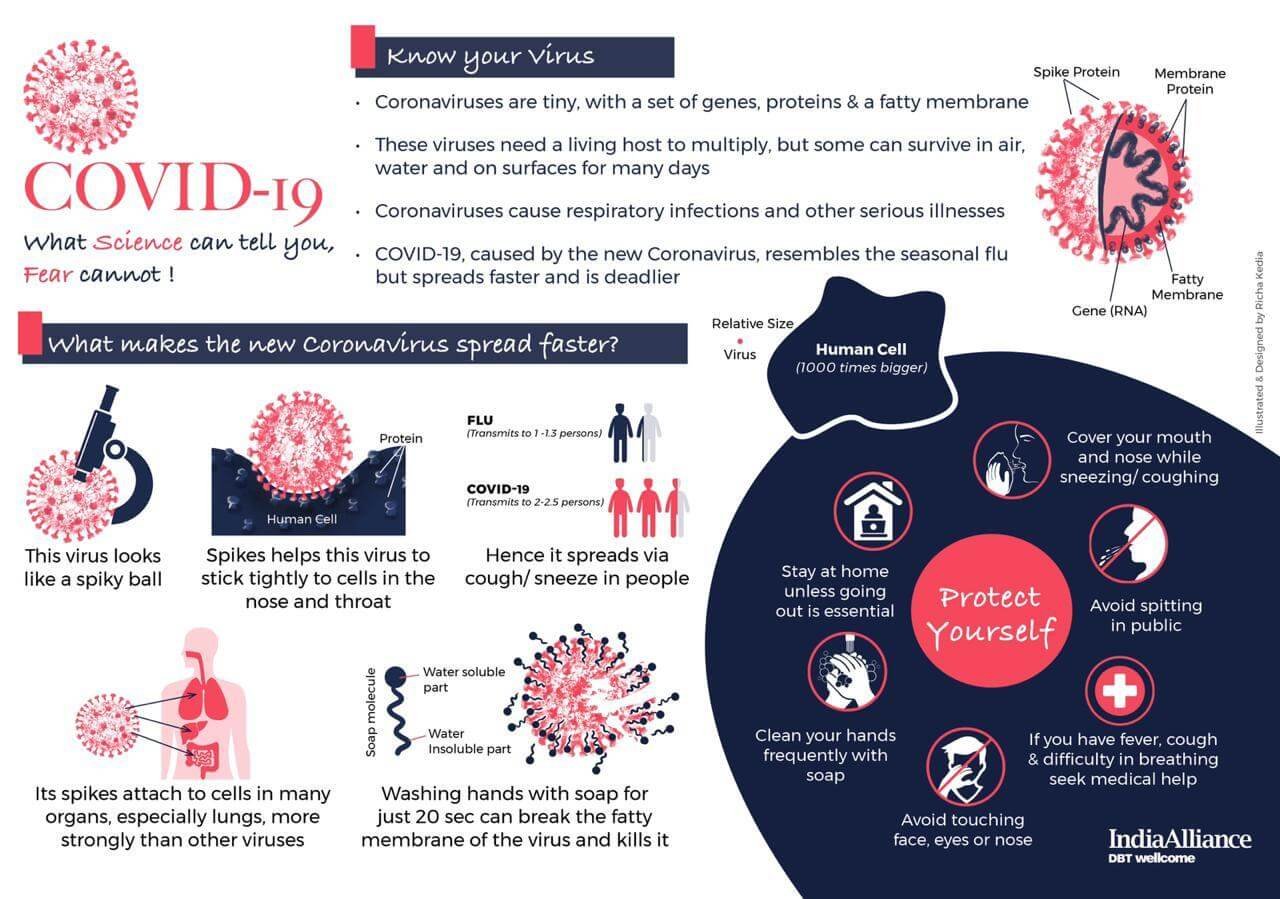
Link– Source & Credits
2019-nCoV (COVID-19)
- COVID-19 is an infectious Zoonotic Disease, caused by a newly discovered SARS–CoV–2 coronavirus.
- SARS–CoV–2 can trigger what doctors call a respiratory tract infection.
- Disease- nCoV- n=novel meaning new, Co =corona, V=Virus
- Disease- Covid 19- Co=corona, Vi=virus, d=disease,19=2019
- Virus – SARS-CoV-2- meaning-severe acute respiratory syndrome coronavirus 2.
- Viruses, & the diseases they cause, often have different names. E.g. HIV is the virus that causes AIDS.
- Covid-19, like SARS, MERS, AIDS, & Ebola, is a zoonotic disease—it jumped from another species to humans.
- This probably happened in late 2019 in Wuhan, China.
- Scientists believe bats are the likeliest reservoir.
- It might have jumped from bats to pangolins & then to humans.
- Symptoms include dry cough, fever, fatigue, muscle aches & acute breathing difficulty.
- The incubation period for the virus can last from 10 to 14 days.
- The infection can cause pneumonia, respiratory distress, kidney failure & in some cases, in which immunity is weak, even death.
- As of now, there is no vaccine against coronavirus infection. There is also no cure for the 2019-nCoV.
Zoonotic Disease
- Zoonotic diseases (also known as zoonoses) are caused by germs that spread between animals & people.
- Zoonoses may be bacterial, viral, or parasitic, or may involve unconventional agents.
- As well as being a public health problem, many of the major zoonotic diseases prevent the efficient production of food of animal origin & create obstacles to international trade in animal products.
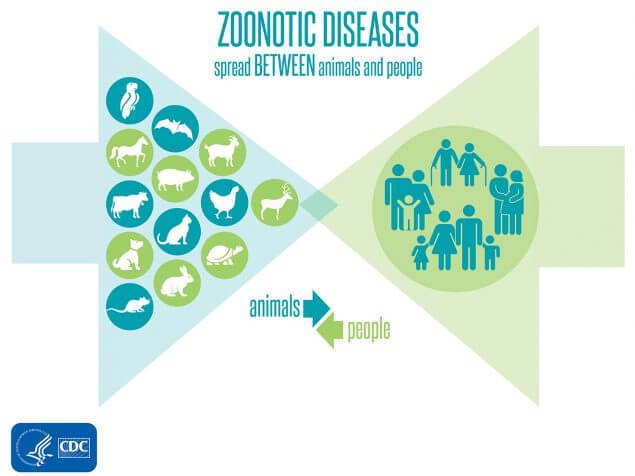
Link– Source & Credits
Previous Coronavirus Outbreaks
- So far, there are four known disease-causing coronaviruses, among which the best known are the SARS coronavirus & the Middle East Respiratory Syndrome (MERS) coronavirus.
- Severe Acute Respiratory Syndrome (SARS) outbreak in China in 2002-03 killed nearly 800 people.
- The SARS coronavirus is thought to be an animal virus from a yet-uncertain animal reservoir, perhaps bats, that spread to other animals & first infected humans in the Guangdong province of China in 2002.
- The MERS coronavirus was passed on from camels to humans in Saudi Arabia in 2012.
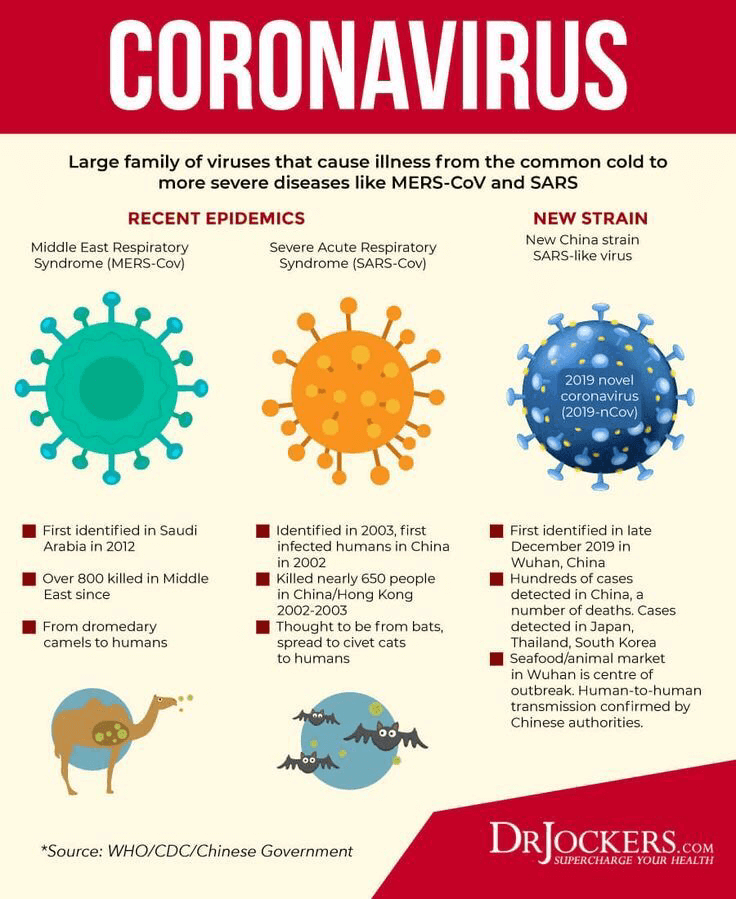
How does Coronavirus get into Human Cells?
- The virus’s protein spikes attach to a protein on the surface of host cells, called ACE2.
- ACE2 acts as the receptor for the SARS-CoV-2 virus and allows it to infect the cell.
- Normally, ACE2 plays a role in regulating blood pressure.
Entering a Vulnerable Cell
- The virus enters the body through the nose, mouth or eyes, then attaches to cells in the airway that produce a protein called ACE2.
Releasing Viral RNA
- The virus infects the cell by fusing its oily membrane with the membrane of the cell.
- Once inside, the coronavirus releases a snippet of genetic material called RNA.
Hijacking the Cell
- The virus’s genome is less than 30,000 genetic “letters” long (Ours is over 3 billion).
- The infected cell reads the RNA & begins making proteins that will keep the immune system at bay & help assemble new copies of the virus.
- Antibiotics kill bacteria & do not work against viruses.
- Researchers are testing antiviral drugs that might disrupt viral proteins & stop the infection.
Making Viral Proteins
- As the infection progresses, the machinery of the cell begins to churn out new spikes & other proteins that will form more copies of the coronavirus.
Assembling New Copies
- New copies of the virus are assembled & carried to the outer edges of the cell.
Spreading the Infection
- Each infected cell can release millions of copies of the virus before the cell finally breaks down & dies.
- The viruses may infect nearby cells, or end up in droplets that escape the lungs
Immune Response
- Most Covid-19 infections cause a fever as the immune system fights to clear the virus.
- In severe cases, the immune system can overreact & start attacking lung cells.
- The lungs become obstructed with fluid & dying cells, making it difficult to breathe.
- A small percentage of infections can lead to acute respiratory distress syndrome, & possibly death.
Leaving the Body
- Coughing & sneezing can expel virus-laden droplets onto nearby people & surfaces, where the virus can remain infectious for several hours to several days.
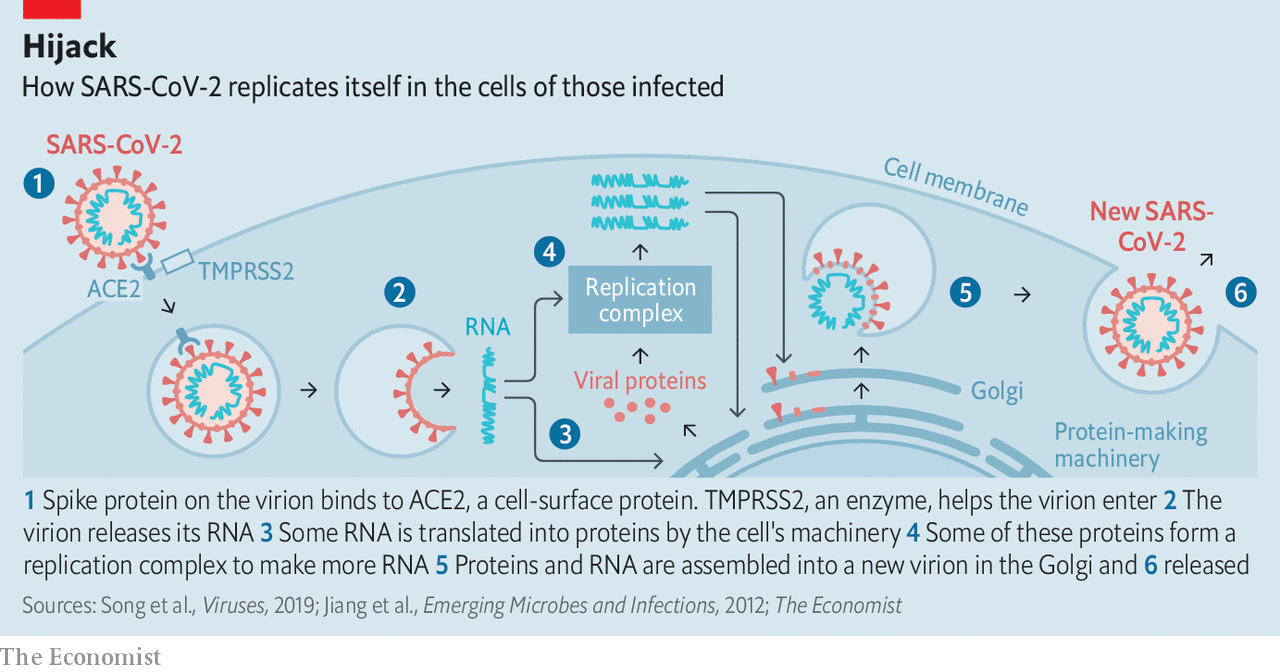
Stages of Coronavirus Transmission
- Stage 1 | Imported Cases: These are those who have travelled to virus-hit foreign countries & have come back to India.
- Stage 2 | Local Transmission: These are those cases who have come in contact with patients who have a travel history.
- Stage 3 | Community Transmission: Community transmission is when a patient not exposed to any infected person or one who has travelled to any of the affected countries tests positive. Large areas get affected when community transmission takes place.
- Stage 4 | Epidemic: This is the last & the worst stage where the disease takes the shape of an epidemic with no clear endpoint like it did in China.
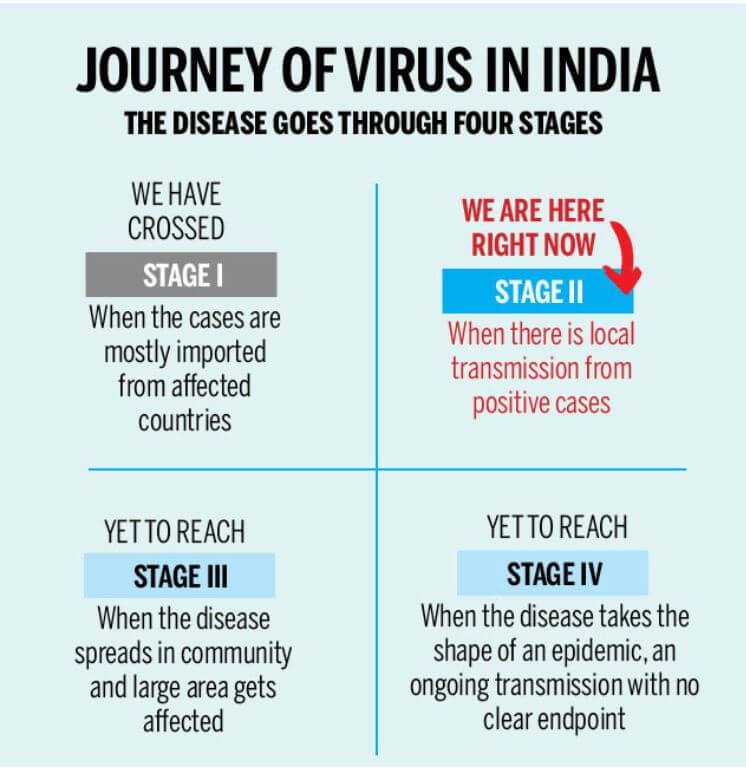
Link– Source & Credits
What is Vertical Transmitted Infection?
- A vertically transmitted infection is an infection caused by pathogens (such as bacteria & viruses) that use mother–to–child transmission.
- It is transmitted directly from the mother to an embryo, fetus, or baby during pregnancy or childbirth.
Difference between Outbreak, Endemic, Epidemic & Pandemic
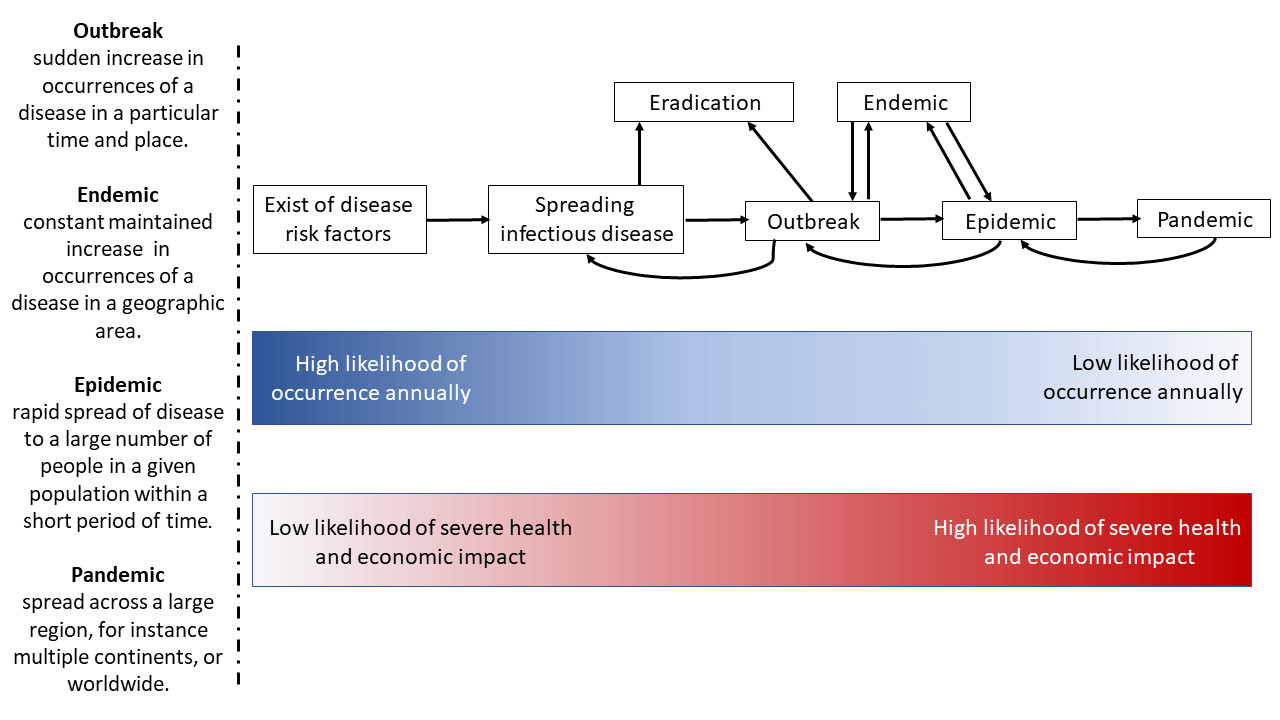
Link- Source & Credits
What is Case Fatality Rate (CFR)
- Case Fatality Rate (CRF) measures the severity of a particular disease by defining the total number of deaths as a proportion of reported cases of a specific disease at a specific time.
- CFR is presented as a percentage (0%–100%) or a ratio (between 0–1) & measures the number of confirmed deaths among the number of confirmed diagnosed cases of a particular disease at a given time.
CFR of Common Diseases
Specific CFRs of particular diseases if left untreated or unvaccinated for include:
- Bubonic Plague – 60%
- Spanish Flu (1918) – 2.5%
- Ebola – 90%
- Naegleriasis – 99%
- Smallpox – 95%
- Seasonal Influenza – 0.1%
- HIV/AIDS – 80%
- Dengue Fever – 26%
- Malaria – 0.3%
- Typhoid – 10–20%
- SARS – 9–11%
- MERS – 34.4%






